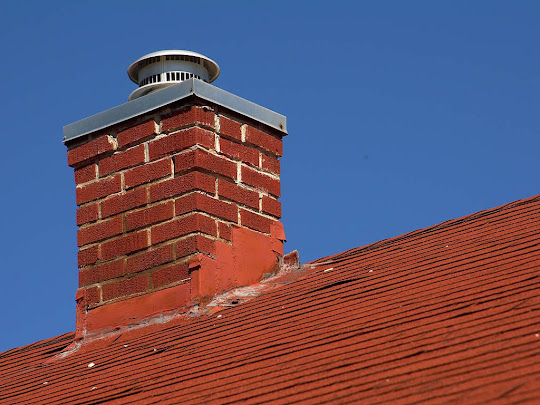What are the types of Chimney Liners?
A chimney is necessary for homes that have a wood stove, coal stove, gas fireplace, or classic fireplace. A liner inside the chimney serves as a shield between your house and the heat, embers, and flames of the fire. It might be time for a new chimney liner if you have a chimney and frequently use your fireplace or stove. So which chimney liner should you use?
What is a chimney liner?
Chimney liners, also known as Fireplace liners, are protective tubes erected inside a chimney to contain and route the combustion byproducts from a heating appliance (such as a furnace, boiler, or fireplace) to the outside of a building. They are often built of ceramic materials like clay tiles or metals like stainless steel or aluminium.
A fireplace liner’s function is to act as a barrier between the inside of the chimney and the surrounding structure and to aid in preventing the escape of flue gases and other dangerous combustion byproducts into a building’s interior living areas. By minimising heat loss through the chimney, liners can help to save energy and lower heating bills while also increasing the efficiency of heating appliances. Moreover, fireplace liners can shield the chimney from deterioration and corrosion brought on by some flue gases’ acidic character.
As far as chimney lining installation is concerned, it is not an extremely difficult process. The steps of Installation are as follows: –
- Inspection before installation
- Preparation
- The liner is installed
- Insulation
- Final examination
The chimney liner cost can differ significantly based on a number of variables, including the type of liner, the size of the chimney, the installation’s complexity, and the location.

.jpg)
.jpg)

Comments
Post a Comment